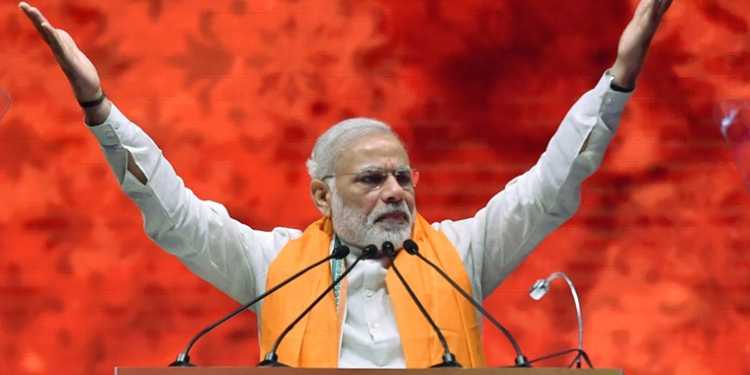The government’s decision to link Mahatma Gandhi National Rural Employment Guarantee Act (MGNREGA) with Aadhar backed accounts significantly boosted efficiency of wage transfers, doubling funds transferred and increasing work allotted in times of distress. This was much better in terms of efficiency as compared to previous years when demand actually dropped during economic stress due to leakage and delays in payments, found a study done by Indian School of Business (ISB). ISB is a premier business school in the country established by the former director of Mckinsey & Company. “We have looked at the annual data and analyzed distress in terms of a 75% or 50% deficiency of rainfall and also in terms of high temperatures. These can be seen to be conditions that cause rural distress,” said ISB’s Prof Ashwini Chhatre.
MGNREGA or the National Rural Employment Guarantee Act was brought in 2005 by the United Progressive Alliance (UPA) government according to Common Minimum Program (CMP), agreed between different parties that formed the alliance. Left parties which supported the UPA government particularly pressed for this Act. The scheme was a brainchild of Jean Dreze and Amartya Sen who had for long argued for virtual employment to reduce poverty in the country. The scheme came out to be a major failure and corruption was prevalent in the whole implementation process of the scheme. Before the direct benefit transfer was implemented, the gram pradhan used to share the money with beneficiaries without any reciprocity of work from them.
The problem with the scheme was that there were no actual jobs, and the government was trying to create virtual jobs just to transfer money to the rural areas of the country. The government had to take this step because it was unable to create actual jobs in rural economy to end rural distress. The scheme got a major blow after the Modi government came to power, although it did not end the scheme. The government has tried to bring transparency in MGNREGA money transfers by linking it with Aadhar accounts and by directly transferring money to the account of the beneficiary rather than giving it to the gram pradhan. This reduced the corruption involved in the scheme as the gram pradhan could no longer ask for his share in the daily wages of poor people. The government also reduced the number of beneficiaries and brought it to a level where some public work is available to everyone who is receiving money from the scheme.
Despite the newfound transparency after linking Aadhar accounts and the ability of the Modi government to bring through targeted beneficiaries, this scheme is not sustainable as there is hardly any public work in villages which could be done by beneficiaries of this scheme. Earlier the gram pradhans used to force the beneficiaries to do household work or give them some agricultural work in their own land. Some jobs were so unproductive that the workers had to dig a pond and then refill it because they had no actual work to do, and the government had promised to give a job of at least 100 days to them. The BJP government should end the inefficient MGNREGA program and make efforts to create actual jobs in rural areas by establishing manufacturing industries there, along with reforms in the agricultural sector.
“The big difference in ALP is that it does away with the cumbersome old payment system that was multi-layered gram panchayats notified mandal offices which passed on the payment demand to state offices which then cross-checked and released funds that travelled down from district to mandal offices and were transferred to gram panchayat accounts for final distribution to beneficiaries. Post-ALP, the increase in an average number of muster rolls filled was 5,727 and the average of households that reached 100 days went up to 621 households. The average person days worked was 3, 26,019 days. On an average, the amount disbursed to bank accounts was Rs 2.7 crore.” said the ISB study.































